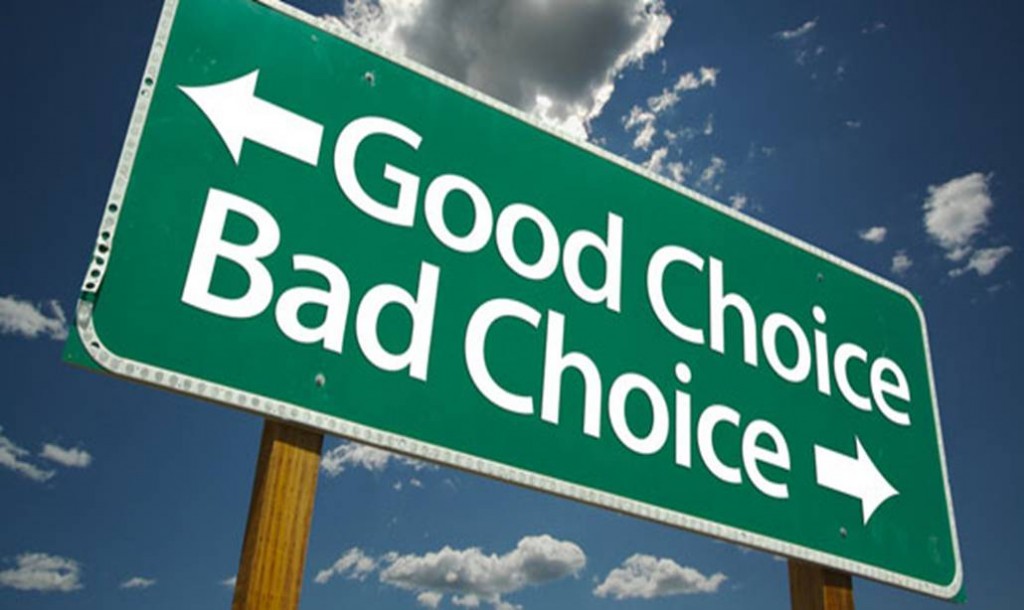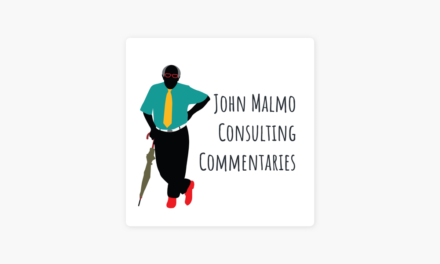
This is the mantra: there is no economic prosperity in Memphis without poverty reduction.
That was the closing sentence in our last post, which was the first part of this two-part commentary.
Poverty reduction, including income disparities, is also the Memphis region’s biggest economic opportunity. If the racial gaps in income could be closed, the regional economy would be $20.89 billion larger.
Yes, $20.89 billion.
That would be the impact if the income disparities were closed for African Americans, who earn $19, 466 than Caucasians and $20,661 than Latinos.
In other words, if the moral, humanitarian, religious, and patriotic reasons aren’t enough for all of us to get deadly serious about reducing poverty, we should do it because of enlightened self-interest. After all, a bigger GDP puts more money in cash registers, creates jobs, expands paychecks, and more.
Making The Most Of Getting There First
Today, more than half of all babies born in this country are children of color, and in less than three decades, America will have a majority of people of color (just the prospect of this has fueled a burst of white nationalism, bigotry, and racism, and it is likely to intensify in the near term).
In other words, the Memphis region arrived early to the destination American is pointed toward, and as we have written often, it will be the first MSA with more than one million people that is African American. So, there’s no better place in the country to innovate and explore bold, ambitious ways to break the linkages between race and poverty.
We’ve written about this issue often over the past 11 years and have tried to help sound an alarm. Unfortunately, we’ve made little progress in that decade, but there are indications that things may be changing, as we wrote in the previous post.
As the community declares its citywide attack on poverty, there will be a debate about what measurements should be used to determine if we are making progress. There’s the poverty rate, there’s median household income, there’s educational attainment, and more.
However, for us, ultimately, there are two primary measurements that are perhaps the most challenging of all, but the most important. The first is the chance that a child raised in the bottom fifth in income can move to the top fifth, and the second is the percentage of 16-24 year-olds who are neither in school or working.
A Titanic Problem
These are the most troubling indicators to us, but they have to be improved if we are to make long-term progress. Until we change the trajectories for so many of our children and young adults, poverty here is like an iceberg and the part largely out of sight is what can capsize our collective boats.
It has been said that if the United States does not close the disparity gap and address inequality, it will mean a lower growth for our nation, lower wages, and a lower standard of living. As we said in the last post, when we read about these kinds of risks for the country, we always know that the impact of them will be even more intense here because of structural issues and institutional racism, our formidable barriers to economic growth.
In the Memphis MSA, since 1979, fulltime workers in the bottom tenth in income lost 16.81% of it, three times more than people in the top tenth in income. The median wage for Caucasian workers is $7 more than the median wage for people of color. The challenge for the Memphis region of course is that we rely too much on low wage jobs, and as a result, workers of color are at a disadvantage when it comes to jobs requiring higher skill levels and more education.
Put directly, Memphis’ disparity issues would be a challenge in the best of times, but in the midst of historic, national demographic shifts, they will be even more difficult. As a result, there’s no time like the present.
Improving The Odds
Back to the Memphis metrics that matter.
The first metric of whether we are making progress is the chance that a child raised in the bottom fifth in income has to move to the top fifth. In the Memphis area, the chance is a 2.6%. Those are worst odds in the continental United States. In releasing the information, the New York Times wrote about the challenges in Atlanta, where the rate was 4%.
With almost one of every two children in Memphis living in poverty, this suggests a disturbing reality for the city and region. But the most troubling thing about it is that it’s not like the child poverty rate is a secret. It’s not that we lack knowledge. Rather, we lack action.
In a city with such pride about its faith and its belief in the American Dream, it is unsettling that most of the city gives this problem little thought. As long as these children are out of sight, they are out of mind. When it’s said that crime strategies are cracking down on the most vulnerable in our community, it is unconscionable that many of us are not propelled into action because this sounds like it’s about African-American kids. When we brag about rising graduation rates but only 7% of them are prepared for college or career, we have to do better.
Turning Lack Of Opportunity Into Opportunity
The second metric second is the percentage of 16-24 year-olds who are neither in school or working. In the Memphis MSA, 22 out of 100 16-24 year-olds fall into this category, and Seeding Success says there are 45,000 of them in Shelby County.
With more than one in five young people disconnected, Memphis is light years away from the city with the lowest rate: Boston where 9 out of 100 16-24 year-olds are disconnected. The average for the U.S. is 14 out of 100. In Nashville, it is 13 out of 100.
They are called Opportunity Youth because of the potential value they can add to regions if they reconnect in school and with jobs. They defy popular perceptions of young people drifting aimlessly through life without ambition or direction – although some of them meet that description. In national research, almost one-fourth of them have attended some college, a third have worked in the past year, and slightly less than a third have children and have dropped out of school.
More to the point, Opportunity Youth are not monolithic and defy cookie cutter solutions. Research indicates that effective solutions work when they are tied to the systems from which they are disconnected – school, work, and community and family. But first, we have to shift our perceptions. We have to see them as assets rather than problems. We must also show them that they are valued in their own hometown. Then we must offer individualized interventions tailored for their own specific needs.
What To Do
Back to the broader goal of reducing poverty, we previously posted the innovative recommendations by Scott Bernstein of Chicago-based Center for Neighborhood Technology that are part of the Blueprint for Prosperity.
As for PolicyLink, whose president Angela Blackwell Glover spoke at the Blueprint for Propserity daylong session last year, its suggestions are that “if wages are a predominant source of your racial income gap, focus on raising the floor on low wage work by increasing the minimum wage or enacting living wage laws, requiring paid sick days, ending wage theft, strengthening workers’ rights to organize, and ensuring fair scheduling and equal pay.
“If employment is a predominant source of your racial income gap, focus on growing new good jobs, investing in education and workforce training pathways, dismantling barriers to employment such as conviction history questions on job applications, employer credit checks, and racial discrimination in hiring, connecting unemployed workers to the jobs created through new development, and increasing transportation access to jobs.”
Other recommendations are to create cradle-to-career pipelines for vulnerable youth and invest in early childhood education; develop comprehensive youth employment systems across the education, juvenile justice, and child welfare systems; reform harsh, “zero tolerance” school discipline policies to keep youth in school and on track to graduate, and connect youth to career paths through career academies, apprenticeships, workforce training programs, and internships.
In our next post, we’ll publish all the recommendations that grew out of the Blueprint for Prosperity, the program to reduce poverty 10 points in 10 years. Meanwhile, the Black Lives Matter’s economic justice agenda has special relevance in Memphis and should be included in all conversations about poverty reduction.
***
Join us at the Smart City Memphis Facebook page for daily articles, reports, and commentaries relevant to Memphis and the conversations that begin here.




